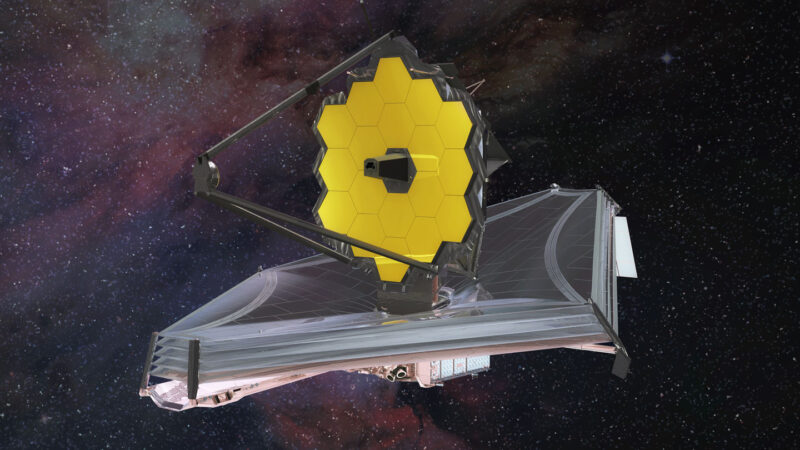The James Webb telescope spotted the earliest known ‘quenched’ galaxy
A galaxy dubbed GS-9209 ceased forming stars more than 12.5 billion years ago after a 200-million-year-long sprint.

The James Webb Space Telescope has spotted the earliest known galaxy to abruptly stop forming stars.
The galaxy, called GS-9209, quenched its star formation more than 12.5 billion years ago, researchers report January 26 at arXiv.org. That’s only a little more than a billion years after the Big Bang. Its existence reveals new details about how galaxies live and die across cosmic time.
“It’s a remarkable discovery,” says astronomer Mauro Giavalisco of the University of Massachusetts Amherst, who was not involved in the new study. “We really want to know when the conditions are ripe to make quenching a widespread phenomenon in the universe.” This study shows that at least some galaxies quenched when the universe was young.
GS-9209 was first noticed in the early 2000s. In the last few years, observations with ground-based telescopes identified it as a possible quenched galaxy, based on the wavelengths of light it emits. But Earth’s atmosphere absorbs the infrared wavelengths that could confirm the galaxy’s distance and that its star-forming days were behind it, so it was impossible to know for sure.
So astrophysicist Adam Carnall and colleagues turned to the James Webb Space Telescope, or JWST. The observatory is very sensitive to infrared light, and it’s above the blockade of Earth’s atmosphere (SN: 1/24/22). “This is why JWST exists,” says Carnall, of the University of Edinburgh. JWST also has much greater sensitivity than earlier telescopes, letting it see fainter, more distant galaxies. While the largest telescopes on the ground could maybe see GS-9209 in detail after a month of observing, “JWST can pick this stuff up in a few hours.”
Using JWST observations, Carnall and colleagues found that GS-9209 formed most of its stars during a 200-million-year period, starting about 600 million years after the Big Bang. In that cosmically brief moment, it built about 40 billion solar masses’ worth of stars, about the same as the Milky Way has.
That quick construction suggests that GS-9209 formed from a massive cloud of gas and dust collapsing and igniting stars all at once, Carnall says. “It’s pretty clear that the vast majority of the stars that are currently there formed in this big burst.”
Astronomers used to think this mode of galaxy formation, called monolithic collapse, was the way that most galaxies formed. But the idea has fallen out of favor, replaced by the notion that large galaxies form from the slow merging of many smaller ones (SN: 5/17/21).
“Now it looks like, at least for this object, monolithic collapse is what happened,” Carnall says. “This is probably the clearest proof yet that that kind of galaxy evolution happens.”
As to what caused the galaxy’s star-forming frenzy to suddenly stop, the culprit appears to be an actively feeding black hole. The JWST observations detected extra emission of infrared light associated with a rapidly swirling mass of energized hydrogen, which is a sign of an accreting black hole. The black hole appears to be up to a billion times the mass of the sun.
To reach that mass in less than a billion years after the birth of the universe, the black hole must have been feeding even faster earlier on in its life, Carnall says (SN: 3/16/18). As it gorged, it would have collected a glowing disk of white-hot gas and dust around it.
“If you have all that radiation spewing out of the black hole, any gas that’s nearby is going to be heated up to an incredible extent, which stops it from falling into stars,” Carnall says.
More observations with future telescopes, like the planned Extremely Large Telescope in Chile, could help figure out more details about how the galaxy was snuffed out.





















